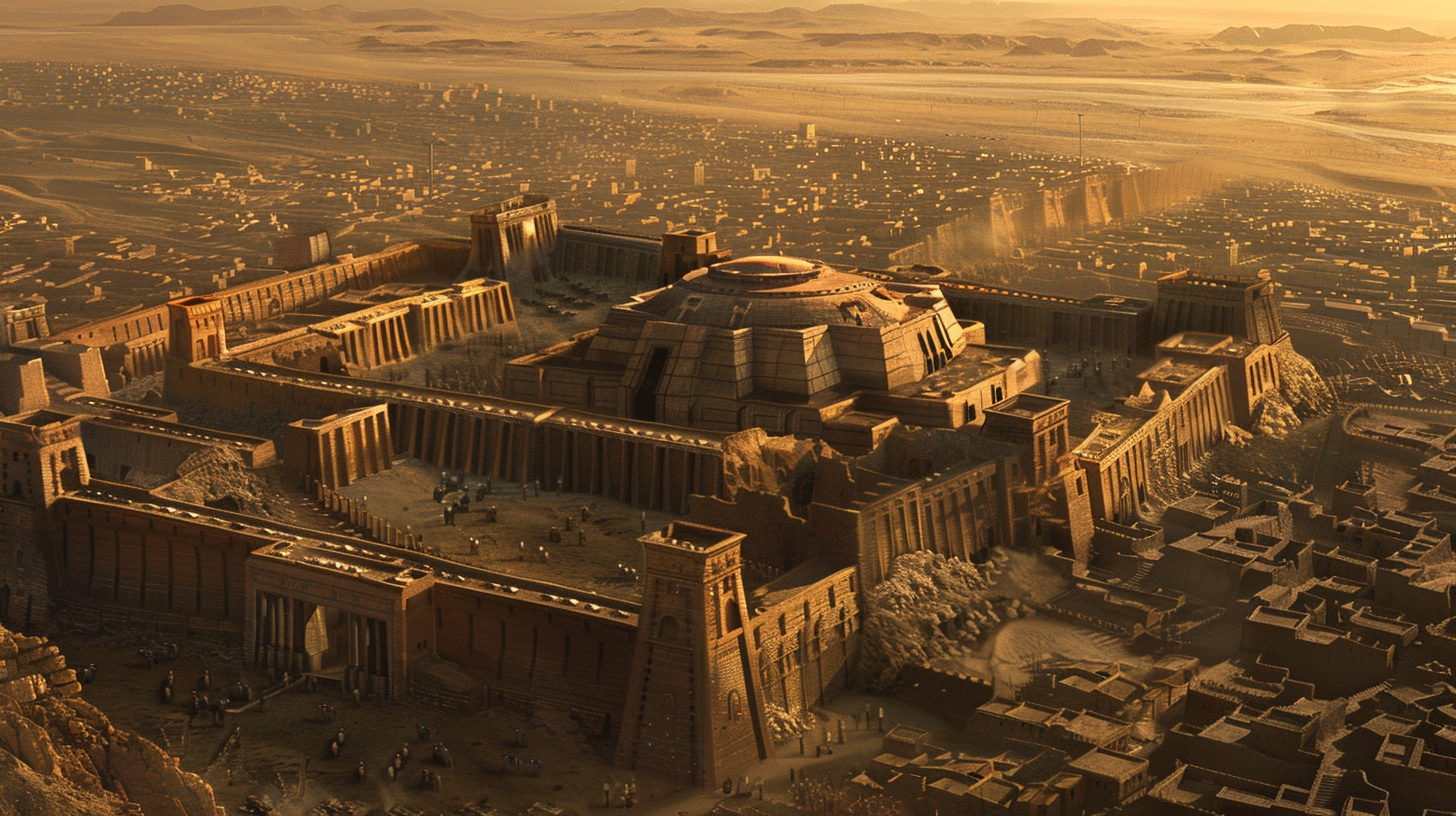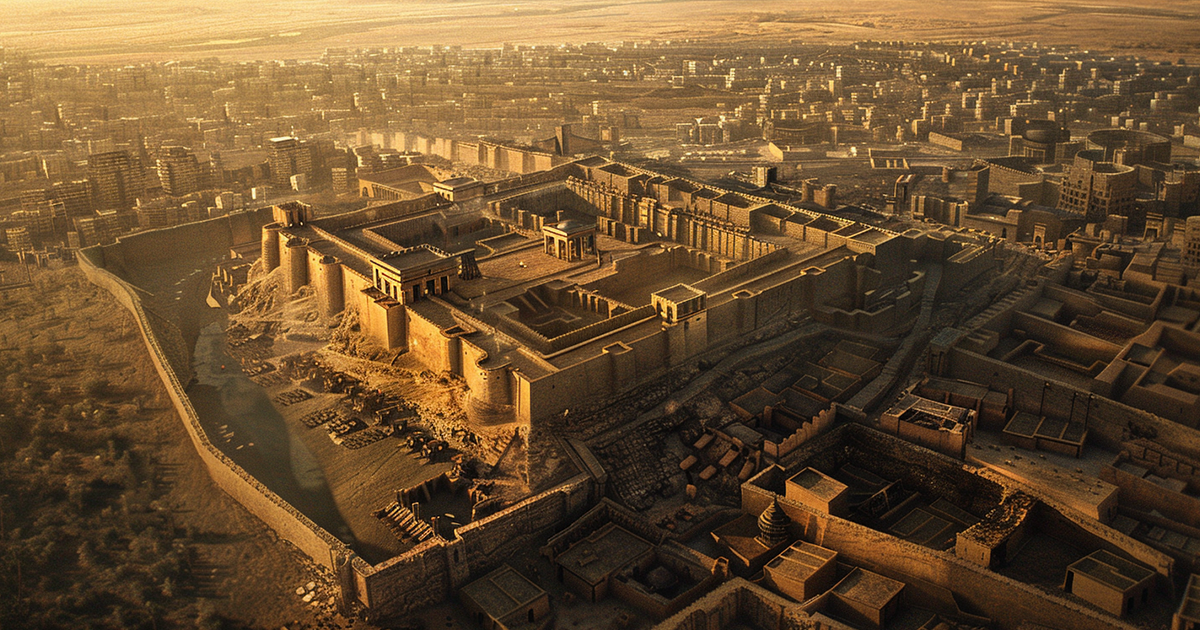When pondering the enigmatic Sumerians of Mesopotamia, one can’t help but marvel at their skillful city planning and architectural innovations. The layout of Sumerian settlements, such as Ur, intrigues us, hinting at a possible harmony with celestial phenomena. Were the Sumerians, with their profound cosmic insights, incorporating celestial symbolism into their city designs to unite the earthly and divine realms?
One crucial aspect to explore is the configuration of ancient Sumerian cities, characterized by a grid system of straight streets and intersecting pathways. Ur stands out as a prime example, a bustling hub in ancient Mesopotamia. Excavations of the city have uncovered a meticulously organized urban landscape, with streets aligned along cardinal directions and structures exhibiting perfect symmetry.
Advocates of the theory suggesting a cosmic reflection in Sumerian urban layouts argue that these arrangements were intentionally crafted to mirror celestial wonders on Earth. They point to the alignment of streets with celestial bodies like stars, planets, and constellations as evidence of celestial influence. According to this viewpoint, Sumerian city planning sought to establish a symbolic link between humans and the celestial realm.

Aside from street alignments, experts have identified architectural elements within Sumerian cities that further support the celestial theory. For example, the ziggurat, a towering stepped temple prevalent in Sumerian urban centers, has been likened to a cosmic peak reaching towards the heavens. Placing these structures at the heart of city grids implies a symbolic connection between earthly existence and the celestial domain.
Furthermore, proponents of the celestial influence thesis highlight the cultural importance of astronomy in Sumerian society. The Sumerians were avid stargazers who meticulously tracked celestial movements, developing advanced astronomical methods and documenting their observations in cuneiform script. Given their reverence for the skies, it is plausible that their city planning reflected celestial symbols mirroring their cosmological beliefs.
However, skeptics offer alternative interpretations of Sumerian urban layouts, proposing that practical considerations, rather than celestial inspirations, dictated urban planning decisions. They suggest that the grid-like organization of Sumerian cities may have aimed at enhancing order and efficiency, facilitating trade, transportation, and communication within urban settings.
In addition, critics caution against imposing modern interpretations on ancient societies, underscoring our limited comprehension of Sumerian culture and philosophies. Without direct evidence linking Sumerian urban layouts to celestial symbolism, the notion of celestial influence remains speculative.
Another viewpoint on Sumerian city layouts posits that they operated as microcosms of the universe, reflecting the Sumerians’ worldview and understanding of the cosmos. Here, the gridded pathways and central temples symbolize the structured harmony of the cosmos, with the ziggurat acting as a conduit between the earthly and celestial domains.
In conclusion, the ongoing discourse on Sumerian urban planning and its purported celestial influence underscores the enduring allure of ancient civilizations and their architectural accomplishments. Whether intentionally aligned with constellations or not, these cities stand as testaments to human creativity and the unending quest to grasp our position in the cosmic tapestry. As we delve deeper into the study and interpretation of these ancient urban landscapes, one certainty remains – the enigmas of the ancient Sumerians persist in evoking wonder and inquisitiveness, beckoning us to investigate the links bridging the ordinary and the celestial.
